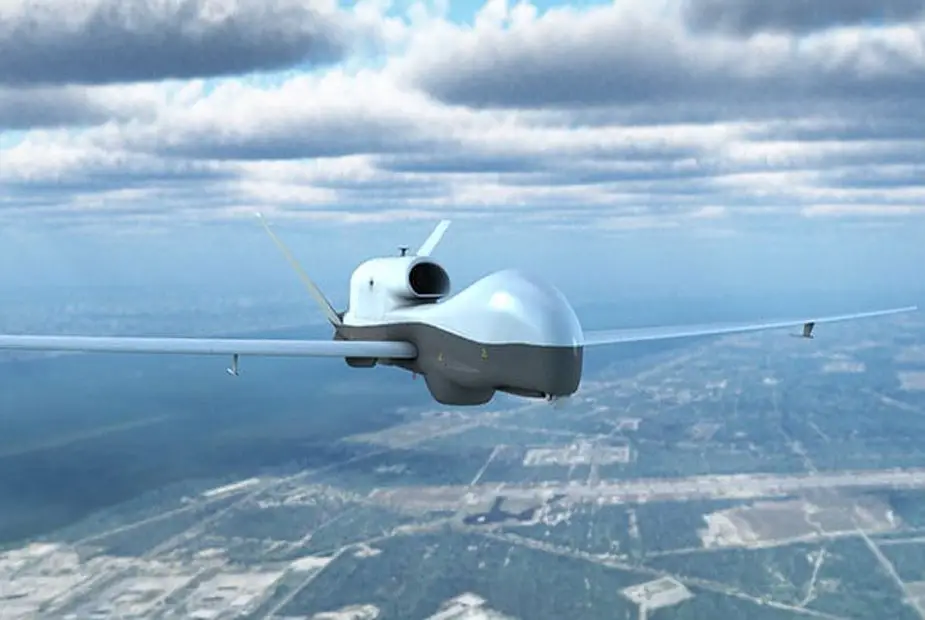Breaking news
US Navy advances funds for materials for 3 MQ-4C Triton UAVs.
The U.S. Navy has allocated funds for long-lead components for the next production lot of the MQ-4C Triton high-altitude, long-endurance unmanned aerial vehicles (UAVs), including one for the Royal Australian Air Force (RAAF), according to a Defense Department contract announcement made on May 30.
 The MQ-4C Triton built by Northrop Grumman for the U.S. Navy and the RAAF (Picture Source: Northrop Grumman)
The MQ-4C Triton built by Northrop Grumman for the U.S. Navy and the RAAF (Picture Source: Northrop Grumman)
The Naval Air Systems Command has awarded to Northrop Grumman Systems Corp. a not-to-exceed $US 65 million advance acquisition contract toward the Lot 5 low-rate initial production of three Triton UAVs, two for the U.S. Navy and one for the RAAF. The contract also provides for three ground stations, two for the U.S. Navy and one for the RAAF. The Australian government has identified a requirement for seven Tritons for the maritime surveillance role. Two have been ordered to date.
The U.S. Navy’s Unmanned Patrol Squadron 19, the first Triton squadron, is on track to deploy the Triton for an Early Operational Capability deployment to Guam later this year. It will take two MQ-4Cs to Andersen Air Force Base in Guam to support the U.S. 7th Fleet.
Rear Admiral Brian Corey, programme executive officer for Unmanned Aviation and Strike Weapons, speaking on May 6 at the Navy League’s Sea-Air-Space exhibition in National Harbor, Maryland, said the two Tritons making the first deployment will be in the aircraft’s baseline configuration.
The baseline configuration, Integrated Functional Capability 3 (IFC 3) includes the Northrop Grumman AN/ZPY-3 Multi-Function Active Sensor (MFAS) maritime radar, Raytheon MTS-B electro-optical/infrared sensor turret, Automatic Identification System receiver and an electronic support measures system. The MQ-4C is scheduled to replace the EP-3E electronic reconnaissance aircraft when the UAV’s IFC 4 multi-intelligence capability is installed and certified for operations.


























